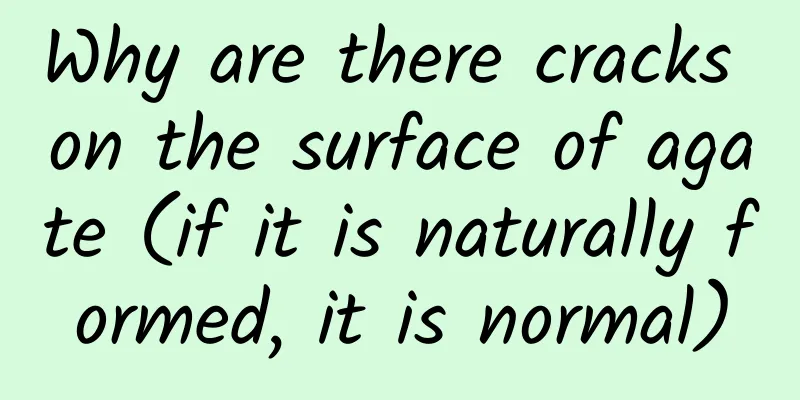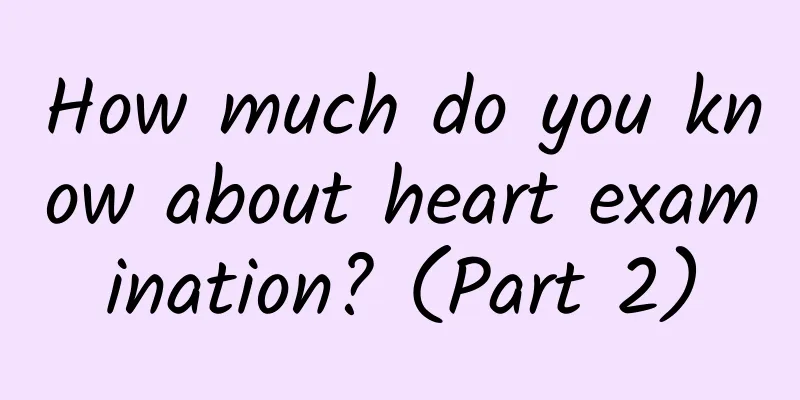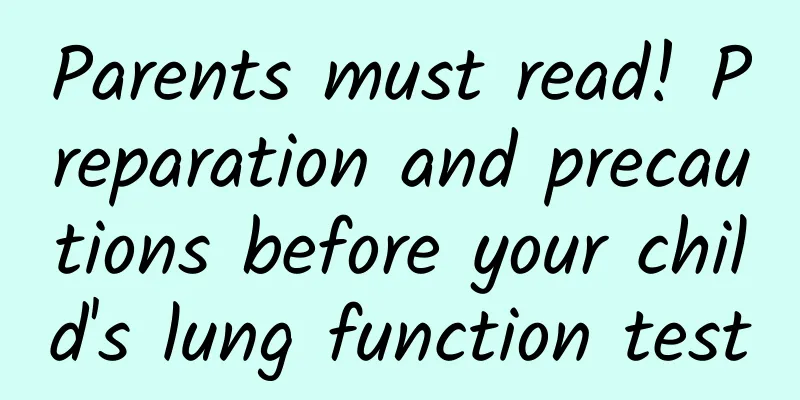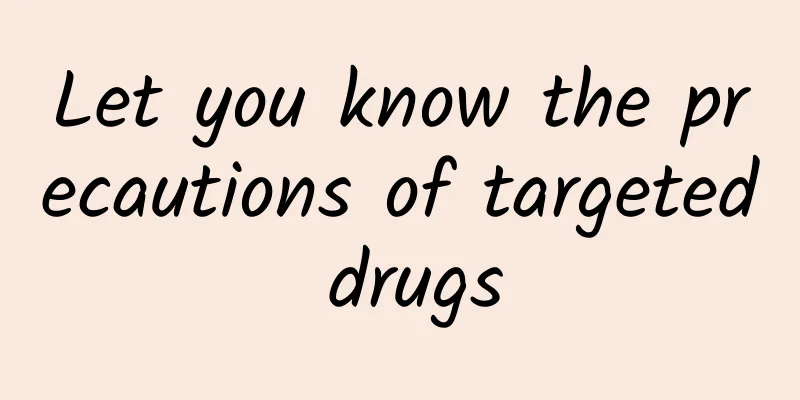Breaking news: Foods are no longer allowed to be labeled “zero additives”
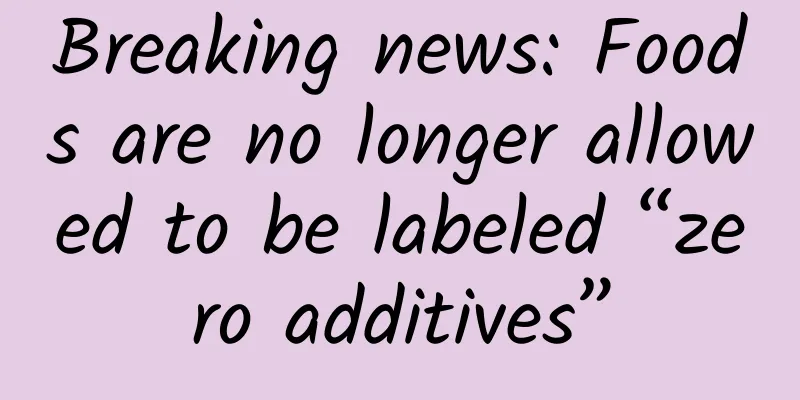
|
Recently, the National Health Commission and the State Administration for Market Regulation jointly issued 50 national food safety standards and 9 revised versions of standards. One of the most eye-catching information is that after the implementation of the new version of GB 7718-2025 (General Rules for Pre-packaged Food Labeling), pre-packaged foods are no longer allowed to use terms such as "no additives" or "zero additives" to emphasize food ingredients. After the implementation of the General Rules for Pre-packaged Food Labeling GB7718-2025, pre-packaged foods are no longer allowed to use terms such as "no additives" and "zero additives", and special emphasis is placed on food ingredients. Copyrighted stock images, reprinting may cause copyright disputes Many consumers may not understand why such claims should be banned? I personally understand that this may be due to the following reasons: 1 Terms such as "zero additives" and "no additives" have no legal basis and no data to prove . In the past, it was entirely up to the companies to explain what zero additives are and whether certain ingredients were really not added, and consumers did not have enough right to know. 2. If the terms “zero additives” or “no additives” are true, they are just descriptions of the production process and are not completely equivalent to the content of ingredients or components in the final food product . For example, “no added sucrose” does not mean that the product contains no sugar at all. “Zero added MSG” does not mean that the food does not contain monosodium glutamate at all. 3. Terms such as "zero additives" and "no additives" mislead consumers psychologically into thinking that "food additives are harmful" and "certain food ingredients are dangerous", aggravating their distrust of food safety and causing unnecessary psychological anxiety and panic. 4. Terms such as "zero additives" and "no additives" constitute unfair competition for peers. Because some products are labeled with these terms, consumers will mistakenly believe that products that are not labeled "zero additives" or "no additives" illegally use food additives or have added certain unhealthy ingredients, and thus distrust other products. This psychological suggestion marketing tactic that takes advantage of consumers' lack of relevant knowledge is not advisable. 5. Terms such as "zero additives" and "no additives" may distort a company's business practices . Instead of working hard to improve the sensory quality, safety and nutritional value of products through efforts such as improving technology and management, companies are trying to promote their products through tricky marketing methods such as hyping concepts and selling anxiety to gain benefits. 6. Terms such as “zero additives” and “no additives” can mislead consumers in their purchasing choices. Many pre-packaged foods take advantage of consumers’ desire for “naturalness” and their suspicion of food additives, using terms such as “no additives” and “zero additives” to attract consumers to buy, while causing consumers to ignore other aspects of the product’s quality characteristics. In fact, not adding certain ingredients, or absolutely not adding food additives, often does not make food healthier or safer, and may even result in an increased risk of microbial proliferation or a decline in food quality. The core function of food labels is to enable consumers to understand the nature of products and the true attributes of food through label information. Relevant regulations clearly state that information on food labels must not mislead consumers. In fact, in recent years, gimmicks such as "zero additives" and "no additives" have disrupted the food market and consumer cognition, causing many harmful consequences. To find out what ingredients are added to food, you can simply read the "Ingredients List" on the food label. You can tell whether the food contains sugar or trans fat by simply looking at the nutrition label. Whether a product has characteristics such as "low salt", "low sugar", "low fat", "high calcium", etc., it must be claimed in accordance with relevant regulations and cannot be exaggerated at will. If it is said that a product "contains" or is "rich in" certain nutrients or health care ingredients, the exact content must also be clearly marked in the nutrition information table . If it does not meet the standards of "contains" or "rich in", it is an illegal claim. In order to help consumers see food labels more easily, the new version of the food labeling regulations requires the display of a "digital label" QR code on food packaging. Consumers can scan the QR code on the food label through mobile devices such as mobile phones to obtain food label information. This is a particularly commendable innovation. Many consumers complain that food labels are difficult to read and understand. Indeed, due to the limited display space on food packaging, food labels are often too small to be easily recognized. Digital labels solve this limitation - consumers can learn about food information through page magnification, voice recognition, and video explanations, thereby meeting the needs of different consumers to read food labels and greatly improving the experience and convenience of consumers in obtaining food information. At the same time, food production companies also have more space and opportunities to engage in positive interactions with consumers, enrich the display content of food labels through digital label channels, and better introduce the characteristics, usage and nutritional value of food. In short, the new version of the food labeling regulations solves many problems that have troubled producers and consumers. I hope that future food promotion will be more scientific, more standardized, less misleading, and give consumers more right to know. |
<<: What should I do if my lover snores? A story about obstructive sleep apnea
Recommend
How to choose snow pear? Why is there a green snow pear?
Snow pear is also called snow pear. It is a very ...
What are the causes of excess testosterone in women?
Many women know that our bodies often secrete mal...
She used her "special abilities" to help scientists decipher the early signs of disease
As we all know, dogs have a strong sense of smell...
Wisdom tooth inflammation and pain during lactation
Breastfeeding is the most difficult time for moth...
How can women nourish their stomach and liver?
In today's social life, many people suffer fr...
What is low-grade cervical squamous intraepithelial lesion?
For the sake of their own health, women pay speci...
Can I take a urine test during my period?
Menstruation is a special period. During menstrua...
What are the causes of genital warts?
I believe that every woman does not want to get v...
I had a miscarriage one month into my pregnancy. Do I need a uterine curettage?
Many people cannot tell the difference between sp...
Temperature drop in early pregnancy
Most women will experience some changes in their ...
How to make the most delicious amaranth? It's not mixed with dried tofu
Author: Thank you Photography: Fluent Spring vege...
Where is the sensitivity of women?
In the relationship between men and women, one of...
How much does it cost for a woman to wear an IUD
Nowadays, there are more children in the family a...
How often should pregnant women eat bird's nest
How often is it better for pregnant women to eat ...
What to do if your nipples keep itching
Itchy nipples are a common problem for many women...
